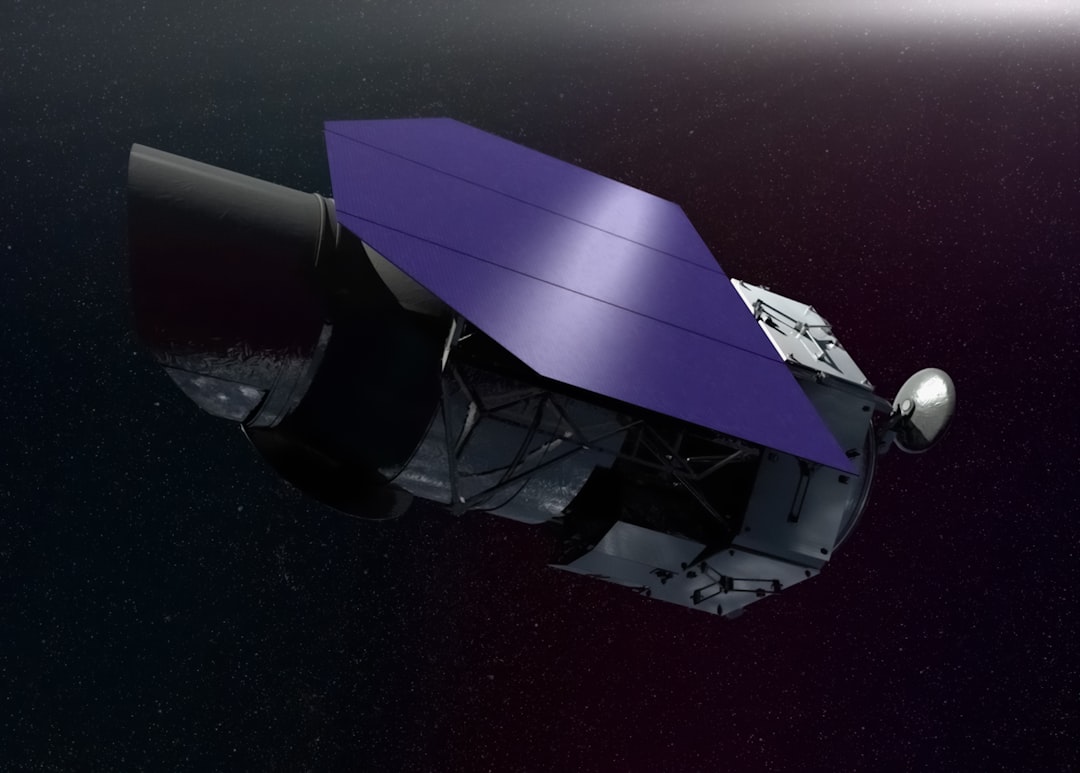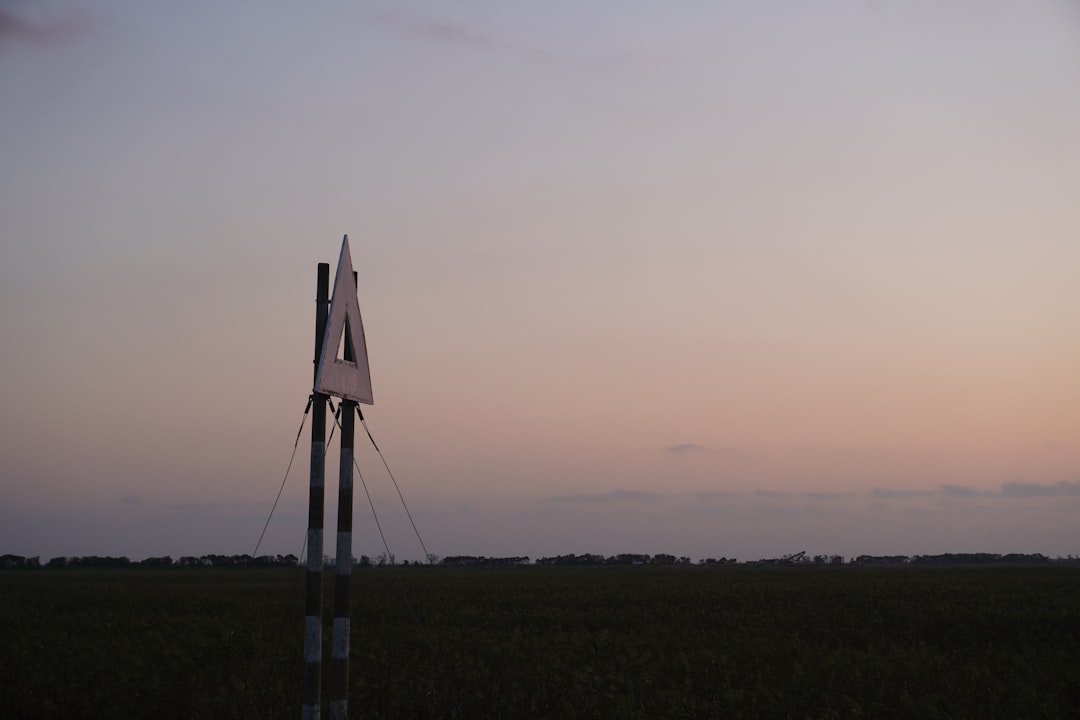In a monumental stride for marine biology, scientists have unveiled an extensive body size database for marine animals, being heralded as a “library of life”. This database promises to revolutionize our understanding of oceanic biodiversity by covering an array of species with data currently reaching into the thousands.
This comprehensive treasure trove contains measurements from a multitude of marine species, spanning from the smallest plankton to the most formidable whales. Capturing both the minute and the massive in the marine world, this database stands to play a critical role in shaping future research in marine ecology and evolution.
The unprecedented scale and detail of this database offer scientists the ability to analyze ecological and evolutionary patterns with newfound precision. Understanding body size changes is essential to many ecological processes—ranging from metabolism to growth rates, resilience to environment changes, and predator-prey relationships. Such detailed insight will be instrumental in predicting how marine communities might shift in response to climate change, ocean acidification, and other environmental pressures.
One profound feature of this database is its versatility. It not only helps in identifying current patterns and predicting future trends but also assists in retrospective studies that can link historical data to present-day observations. This provides an invaluable perspective on how marine life has evolved and adapted over generations.
Moreover, the database is not exclusive to academic use only. Policy-makers, conservationists, and educators can harness this resource to develop strategies for preserving marine biodiversity, understanding fisheries’ dynamics, and even promoting public awareness about ocean conservation.
Building and maintaining such a comprehensive database was no easy task. It required the combined effort of scientists and researchers worldwide, assembling a massive and diverse array of measurement data. Collaboration was crucial, bringing together disparate projects and studies to culminate in this collective body of knowledge.
This project, labeled as a “library of life”, stands as a testament to the power of collaboration within the scientific community. Pooling resources and data across global research institutions, it symbolizes a collective commitment to furthering our understanding of the natural world. This spirit of collaboration is an inspiring reminder of the potential we possess when we unite towards a common scientific goal.
Additionally, open access to this database ensures that its benefits are not confined to a select group of researchers but are shared across borders, promoting a collaborative mentality worldwide. The transparency of the database acts as a tool for scientists and even amateur marine enthusiasts to explore the intricacies of life beneath the waves.
In conclusion, the marine animal body size database is a groundbreaking tool poised to revolutionize our approach to marine science. By providing detailed insights into the size variation of marine species, it opens up new dimensions of research that can address a broad variety of questions—from understanding ecological balances to addressing forthcoming environmental challenges. This library of life—a beacon of scientific advancement—exemplifies not only what we know about the natural world but how much more there is to discover.
Insight Report
New body size database
















Leave a Reply